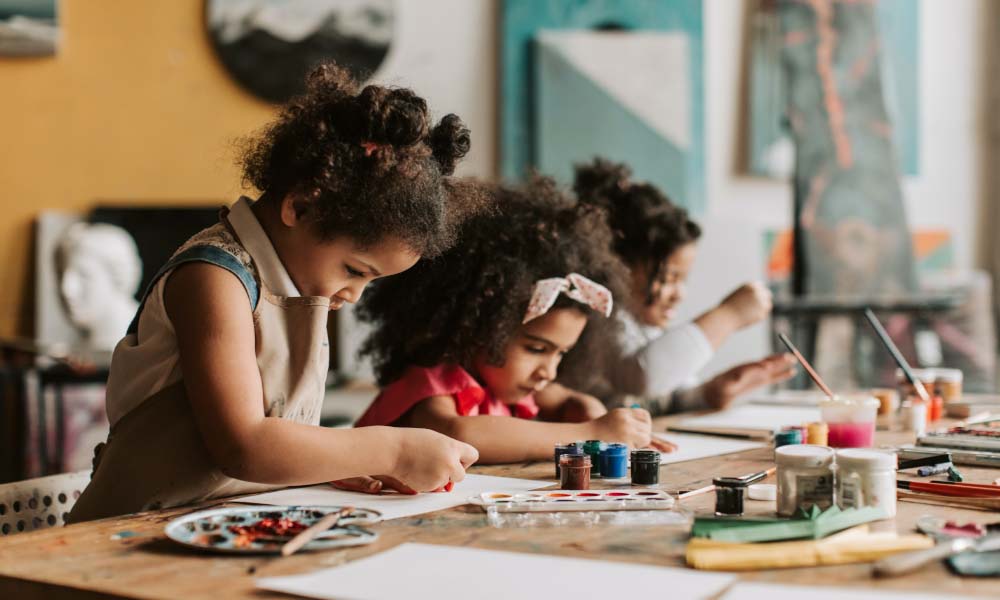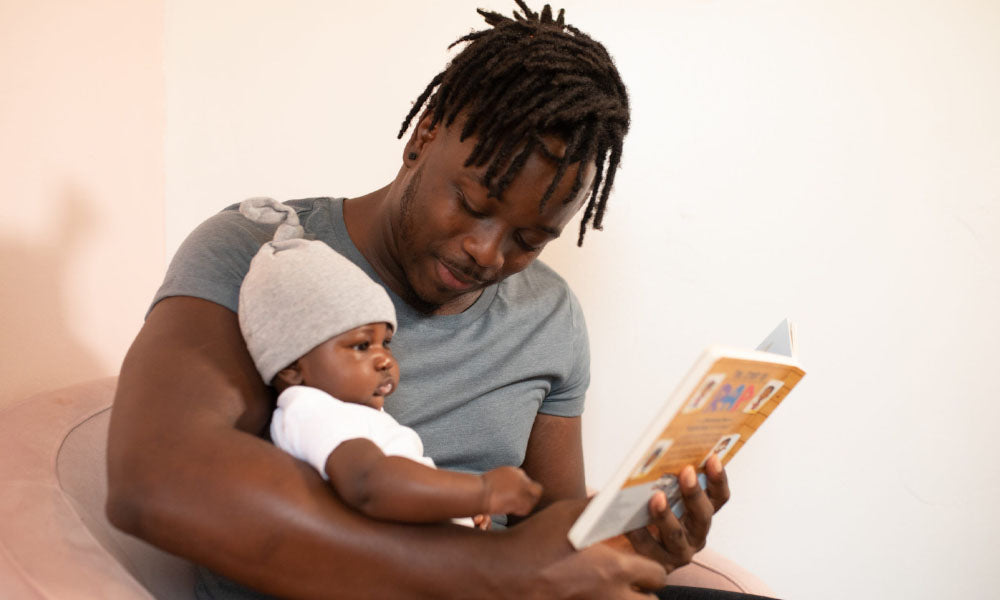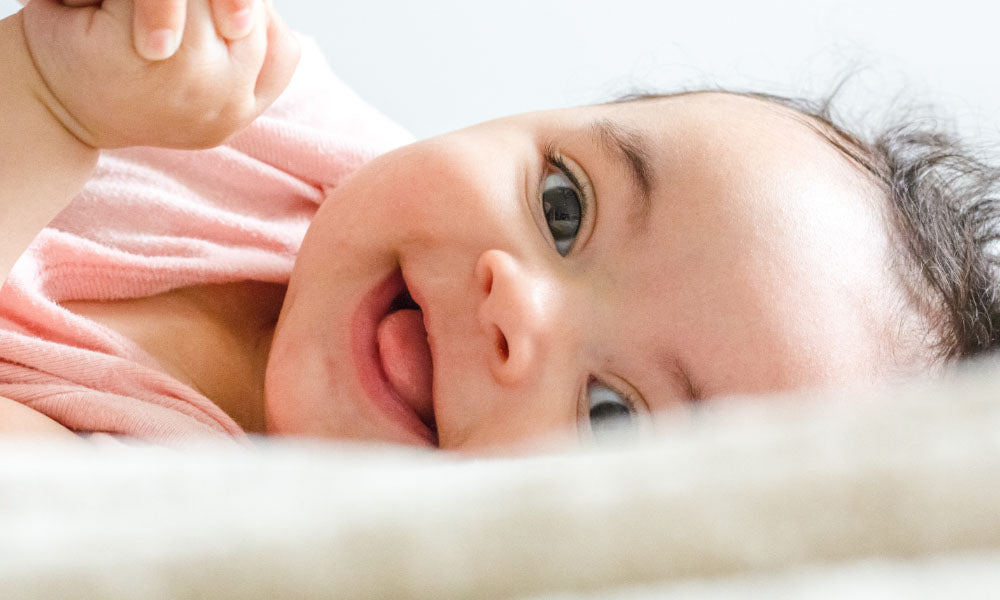Does it surprise you that anxiety and creativity are linked? Just as scientific research has found that anxious people tend to be more intelligent, there seems to also be a correlation between anxiety and being more creative. The connector? Imagination! The same trait that can inspire art and innovation can lead kids (and adults) to spiral into anxiety.
Psychotherapist Diana Pitaru explained that anxiety is often felt by creative people even if the symptoms vary from one person to another. It’s not uncommon to learn that creative people like artists, singers, actors, and writers struggle with mental health issues such as anxiety. Painter Vincent van Gogh suffered throughout his life, as he explained in a letter to his brother: "I am unable to describe exactly what is the matter with me. Now and then, there are horrible fits of anxiety, apparently without cause, or otherwise a feeling of emptiness and fatigue in the head ... at times I have attacks of melancholy and of atrocious remorse." Norwegian artist Edvard Munch, who famously painted the “The Scream,” suffered from anxiety and hallucinations throughout his life. In fact, that painting came to him as a vision while he was trembling with anxiety. He wrote in his diary: "My fear of life is necessary to me, as is my illness. They are indistinguishable from me, and their destruction would destroy my art."
Grateful Dead’s Jerry Garcia said that music is “something that escapes between frenzies, between anxiety attacks.” Woody Allen and Larry David both capitalized on their neurotic view of the world to hit it big in Hollywood. The list goes on and on, and I imagine you know some people in your own life who fit the description of an anxious artist. Or you may not even realize that they are channeling their nervous energy into artwork.
Throughout history, social scientists have suspected that there may be a link between anxiety and creativity. For a long time, this assumption was based on anecdotes alone. But over the past few decades, a growing body of research suggests that a link between creativity and mental illness may be very real.
What the science tells us
One of the first key studies - which found that creative people had an unusually high number of mood disorders - reviewed individuals in creative fields like literature and the arts. Researchers in Sweden's Karolinska Institute tracked over one million Swedes and their relatives using a registry of psychiatric patients. The patients demonstrated conditions such as anxiety, depression, or schizophrenia. They found that people working in creative fields, including dancers, photographers and authors, were eight percent more likely to live with bipolar disorder. Writers alone were 121 percent more likely to suffer from the condition.
Researchers also found that people in creative positions were more likely to have relatives with schizophrenia or bipolar disorder, which shows that there may be a genetic trigger for both creativity and mental illness. In 1987, Dr. Nancy Andreason of the University of Iowa found that a sample of creative writers had significantly higher levels of bipolar disorder than a control group. She also noted that a writers’ first-degree relatives were more likely to be creative and suffer from mental illness.
A 2004 survey by psychologist Erika Lauronen in Finland found that of 13 published studies, all but one supported a connection between mental illness and creativity. A 2015 study published in the journal Nature Neuroscience found that genetic factors that raise the risk of bipolar disorder and schizophrenia are found more often in people in creative professions. Painters, musicians, writers and dancers were, on average, 25 percent more likely to carry the gene than less creative professionals like farmers, manual laborers, and salespeople.
The scientists point out that to be creative people need to think differently, and this may be genetic. The main reason for the connection between anxiety and creativity is imagination. The dichotomy lies in the fact that the same brain that conjures up inventive paintings, poetry, and music can also get trapped in repetitive thoughts and dreadful worries.
According to an expert at Evergray Digital Media, these individuals use their imagination to visualize something before it happens, whether it’s a piece of art or an issue (whether real or made up) that frightens them to cause feelings of great concern and panic. People with both traits also tend to overthink and over-analyze everything, which can make them more anxious and even neurotic at times.
Interestingly, dwelling on one’s fears might be the very root of creativity and problem solving. Yet some skeptics still question the direct link between anxiety and creativity. Research tends to be limited because it is difficult to define creativity and to replicate it in the lab. Also, they argue that while a connection may exist between these two traits, one is not necessarily causing the other - correlation does not imply causation. There are plenty of people who are exceptionally creative who don’t battle anxiety or other mental health issues.
What does this mean for parents?
So, what should you do if your kids are the anxious creative types? Of course, it is always a good idea to seek professional help so your children can be properly evaluated. If everything checks out and they just tend to have shaky nerves, it may be important to help your children learn how to channel their anxious energy into a creative project or hobby.
Once we learn what is actually going on, we can give them the tools to start using their imagination as a way to minimize their anxiety. According to Dennis Palumbo of Psychology Today, some artists are able to channel their anxiety in the right places to their creative benefit.
Creativity comes from expression, and some of the most powerful forms of expression result from struggles. “To be truly in the eye of the emotional storm, to create from a state of anxiety, is to surrender any fantasy of perspective. In fact, in the purest sense, it's the ultimate act of creative surrender from which, out of the crucible of your deepest pain, you might discover a joyful, wonderful surprise.” Here are some ways to help your children transform their anxiety into creativity:
- From a young age, offer them a variety of creative art activities at home like painting, drawing, poetry, sculpture, dance, and music to make their imagination come alive.
- Sign them up for a variety of classes, camps, and other activities in the arts so they can discover where their talents and passions lie.
- Turn mundane moments into creative ones in the car, at the store, or while waiting in the doctor’s office. For example, play games like making up stories or songs about what they observe around them.
- Encourage them to keep a journal of their thoughts, ideas, and concerns.
- Keep an open line of communication so they will talk about what scares them. This will help them be able to turn those fears into something positive.
- Teach them to accept their anxiety as part of who they are, and to focus on the positive ways it impacts their life, such as getting their creative juices flowing. It is a feeling that they can move through - it doesn't have to get in the way of their joy.



